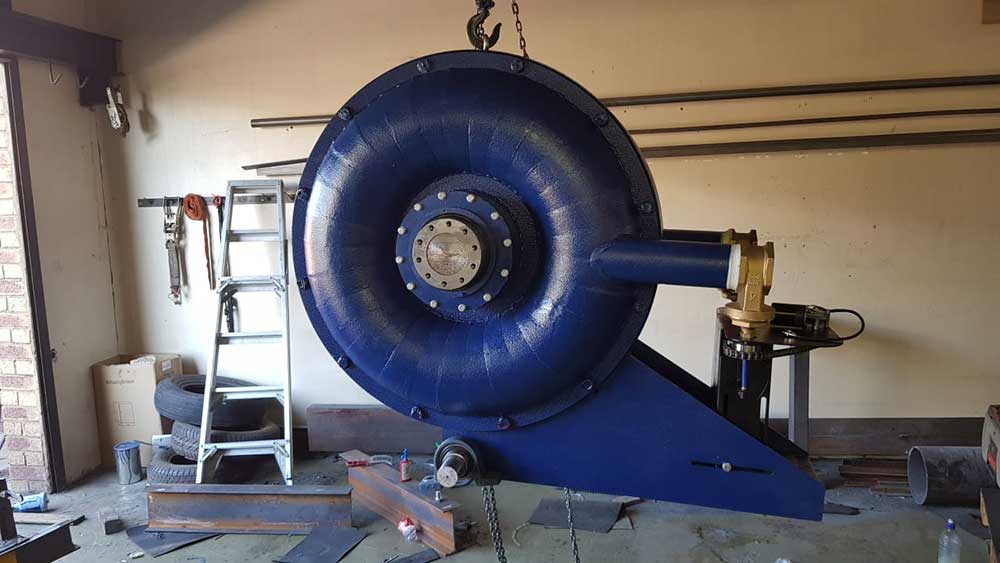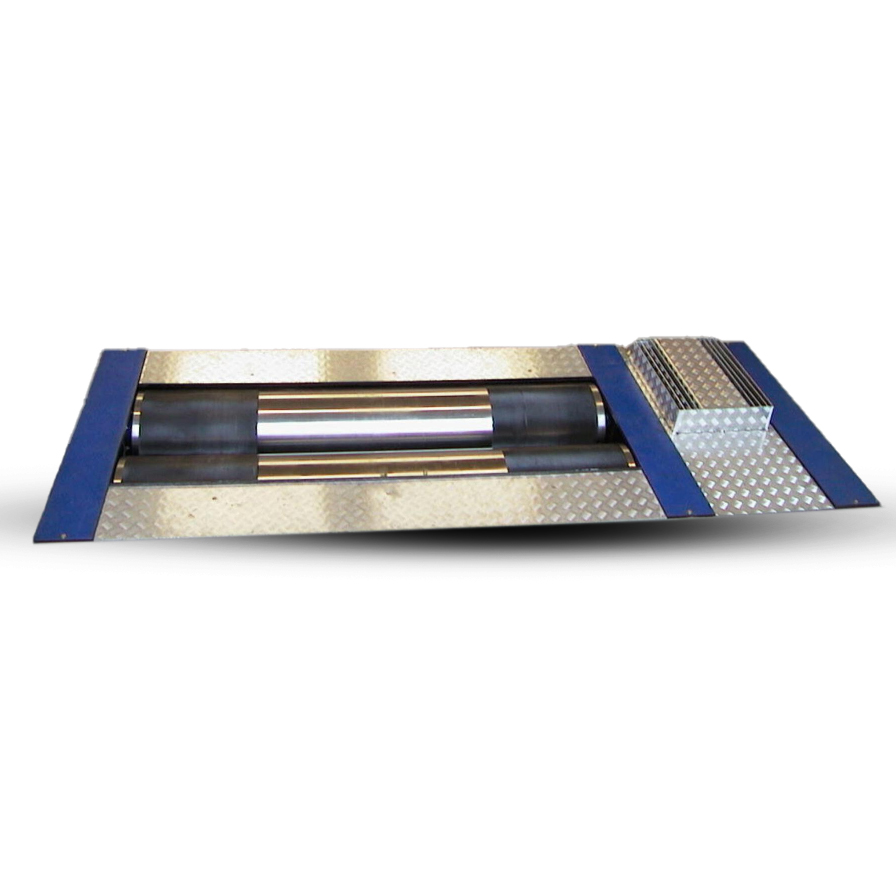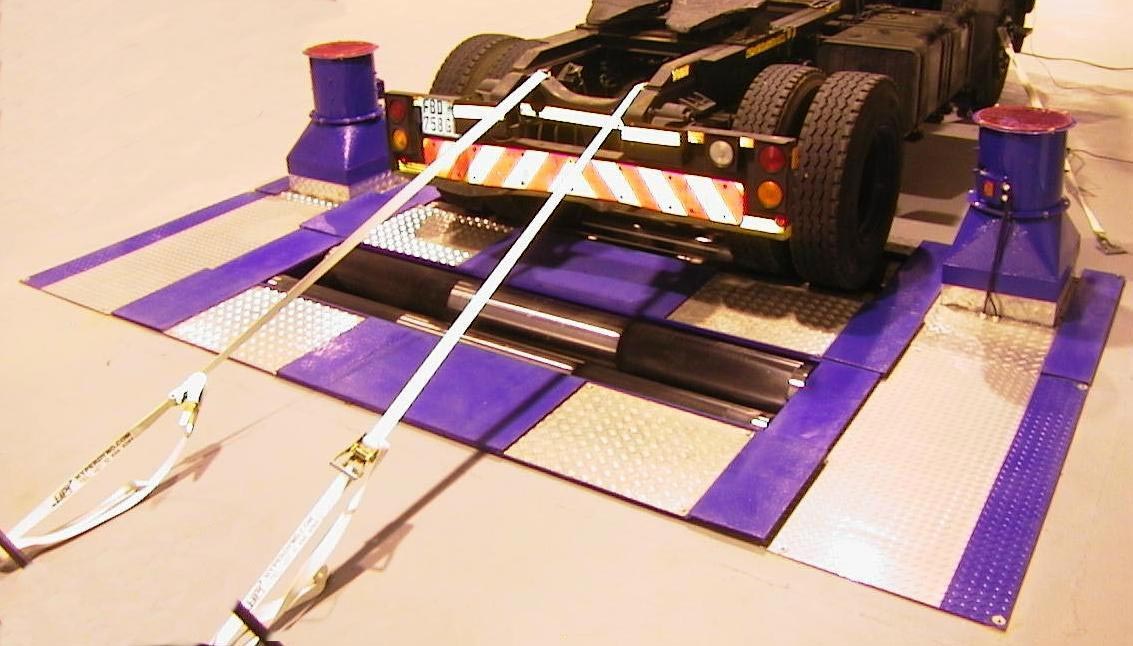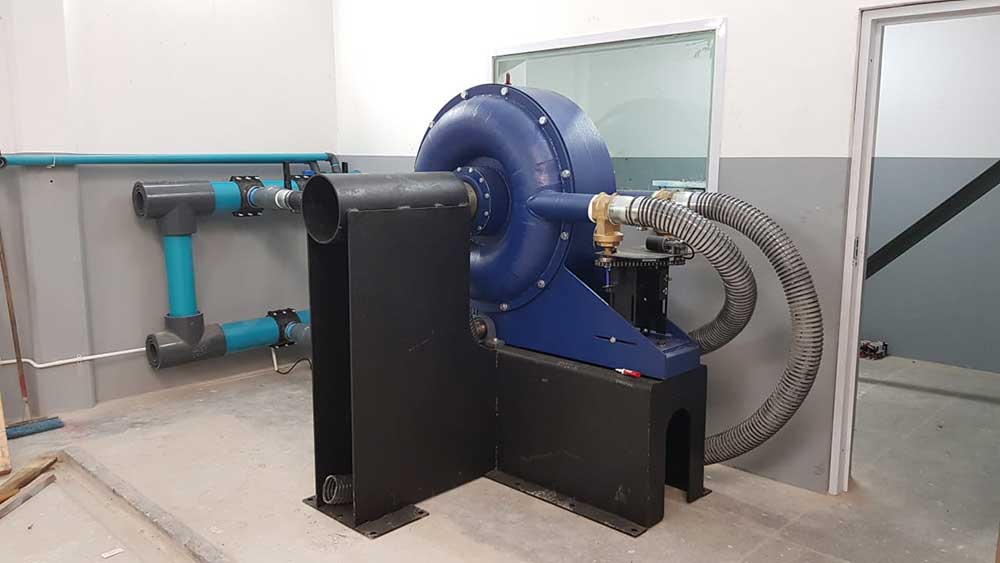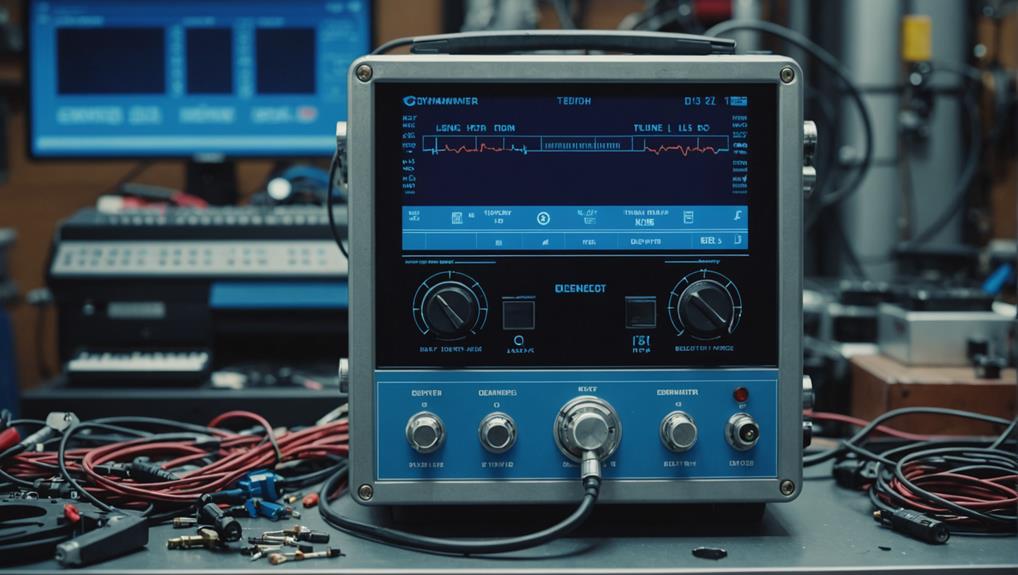
How Dynamometers Enhance Engine Diagnostics and Testing
Necessitating precise measurements, dynamometers unlock the secrets of engine performance, but what else can they reveal about engine diagnostics and testing?
Maintaining your dynamometer at its best involves monthly, 3-monthly, and 6-monthly checklists.
Each month, it's vital to lubricate shaft bearings and inspect seals. Quarterly maintenance tasks include lubrication, inspection, and greasing of components.
Every 6 months, adhere to a detailed lubrication plan and ensure precise calibrations. Properly greasing shaft bearings, checking the drive guard, and following safety protocols are crucial steps.
The advantages are increased longevity, efficiency, and prevention of breakdowns. Proactive maintenance enhances performance and safety.
Utilise specialised tools for effective component inspection. Keep ahead of maintenance to ensure your dynamometer operates smoothly and reliably.
Monthly Maintenance Tasks
To ensure optimal performance and longevity of your dynamometer, it is essential to consistently carry out the monthly maintenance tasks detailed below. Regular maintenance plays a crucial role in ensuring that your dynamometer functions smoothly and effectively.
Begin by applying Mobilith SHC-100 grease to the shaft bearings every month to maintain proper lubrication and prevent potential bearing damage. Additionally, inspect the Teflon positive seals for any signs of leakage and replace them if needed to maintain effective sealing and prevent any performance-affecting leaks.
Regularly examine and tighten the gland packing seals to prevent leaks and uphold operational efficiency. It is paramount to keep the drive shaft guard securing pins and hinges in optimal condition by greasing them with chassis lube as required.
Lastly, monitor the water pressure regulator accumulator on a monthly basis and replace the bladder if the pressure is not consistently maintained for reliable performance. By adhering to these essential maintenance tasks, you can ensure that your dynamometer remains in excellent condition and prolong its lifespan. Rights Reserved.
3-Month Maintenance Checklist
Ensuring regular maintenance of your dynamometer is essential to uphold its performance and longevity. As part of your quarterly maintenance routine, it is crucial to lubricate the bearings, inspect the seals, and regulate the pressure to keep your dynamometer functioning optimally.
Applying Mobilith SHC-100 grease to the shaft bearings is key to ensuring smooth operation. Regularly checking Teflon positive seals and gland packing seals for any signs of leaks is vital to prevent potential issues from arising. Additionally, inspecting and greasing the drive shaft guard securing pins and hinges is important, along with monitoring the water pressure regulator accumulator charge consistently.
Inspecting and maintaining the dynamometer's components every three months helps to prevent wear and tear, ultimately extending its lifespan. By greasing the bearings with a high-quality lubricant like Mobilith SHC-100, you can reduce friction and enhance the overall efficiency of the dynamometer. Regularly checking the seals for leaks and ensuring they are intact can help avoid costly repairs down the line. Proper maintenance of the drive shaft guard securing pins and hinges ensures they remain secure, preventing any potential accidents during operation.
Regularly monitoring and adjusting the pressure regulator on your dynamometer is crucial for accurate and reliable performance. Checking the water pressure regulator accumulator charge every three months helps maintain the correct pressure levels for consistent results. By following this maintenance schedule, you can identify any issues promptly and address them before they escalate. This proactive approach not only ensures the dynamometer operates smoothly but also minimises the risk of unexpected breakdowns.
Incorporating these maintenance tasks into your quarterly routine will help you keep your dynamometer in excellent condition for years to come. Using specific products like Mobilith SHC-100 for greasing and following manufacturer recommendations can maximise the effectiveness of your maintenance efforts. By staying proactive and attentive to these tasks, you can avoid costly repairs and downtime in the long run. Consistent maintenance is key to preserving the accuracy and reliability of your dynamometer, benefiting both your equipment and your operational efficiency.
In regard to maintaining your dynamometer, staying on top of the monthly procedures is vital. This involves adhering to a lubrication schedule to guarantee all moving parts are well-oiled and operating smoothly.
Furthermore, confirming the calibration of torque, temperature, and pressure instruments is important for accurate and dependable performance.
Regular Lubrication Programme
A consistent lubrication programme is crucial to maintain the peak performance and longevity of your dynamometer. To ensure your dynamometer operates smoothly, make sure to apply Mobilith SHC-100 grease to the Shaft Bearings at two points per assembly each month. Check the Teflon Positive Seals for any leaks and replace them if necessary, with two seals located at the bottom of each end bell assembly. Properly lubricate the Drive Shaft Universal Joints every three months using NLGI #2 mineral oil grease with a lithium soap base. Additionally, remember to lubricate the Trunnion Bearings in four locations with Mobilith SHC-460 every six months. Don't overlook greasing the Engine Cart Casters and Cooling Column Casters monthly for effortless operation.
Specific Recommendations:
Calibration Verification
Regularly conducting monthly calibration verification procedures is crucial for maintaining the precision and reliability of your dynamometer. This ensures that your dynamometer consistently delivers accurate test results. By routinely reviewing calibration accuracy, you can meet the performance validation requirements of your dynamometer. The efficiency of the verification process is essential for guaranteeing the reliability of the dynamometer's measurements. Refer to the guidelines provided in the PowerNet software manual for torque, temperature, and pressure calibration. Consistent calibration maintenance not only preserves the dynamometer's accuracy over time but also ensures it meets performance standards for various applications.
Product Recommendations:
In the maintenance of your dynamometer, ensuring proper lubrication of shaft bearings is essential. By using the recommended grease and avoiding overgreasing, you can prevent issues and guarantee the smooth operation of your equipment.
Regularly wiping off the bearings before applying grease is a simple step that can go a long way in preserving the longevity and accuracy of your dynamometer.
Proper Lubrication Methods
For optimal performance and a long lifespan of your dynamometer, ensure that shaft bearings receive proper lubrication with Mobilith SHC-100 grease or an equivalent, following cleaning procedures to prevent contamination.
Grease application is crucial for maintaining bearings and ensuring smooth operation. Avoid excessive grease as it can lead to build-up and potential damage.
These lubrication practices are essential for the efficiency and durability of your dynamometer. By following the recommended techniques, you can minimise maintenance issues and keep your dynamometer operating smoothly.
Taking care of shaft bearings not only enhances performance but also prolongs the equipment's life, making your investment worthwhile.
Importance of Regular Maintenance
Effective maintenance of dynamometers is crucial, especially by routinely lubricating shaft bearings with recommended grease like Mobilith SHC-100. This practice is essential to ensure the equipment performs optimally and lasts longer. Well-lubricated shaft bearings not only enhance the dynamometer's efficiency but also prevent unexpected breakdowns, saving you from costly downtime.
Regular lubrication significantly improves the accuracy of dynamometer readings, ensuring precise results. By investing in proper maintenance, you contribute to a safer work environment by reducing the risk of malfunctions that could lead to accidents. Spending time on maintaining shaft bearings can lead to substantial cost savings, enhanced performance, and increased safety for all involved.
Specific Product Recommendation: Mobilith SHC-100
Example: Regularly lubricating the shaft bearings with Mobilith SHC-100 can extend the lifespan of your dynamometer and improve its overall performance.
Benefits of Proper Maintenance
Consistent maintenance not only prolongs the lifespan of dynamometers but also enhances their efficiency. By prioritising regular lubrication of shaft bearings, you can avoid costly breakdowns and ensure continuous operation. This proactive approach to maintenance not only saves you time and money but also leads to more reliable and accurate results in your testing processes.
Example: A well-maintained dynamometer with properly lubricated shaft bearings can provide consistent and precise measurements, ultimately increasing the credibility of your testing procedures.
Importance of Safety in Maintenance
Safety is paramount when it comes to maintaining dynamometers. Proper lubrication of shaft bearings reduces the risk of malfunctions that could potentially lead to accidents in the workplace. By adhering to maintenance schedules and using recommended lubricants, you create a safer working environment for yourself and your colleagues.
Example: Following safety protocols and regularly lubricating shaft bearings with the appropriate grease like Mobilith SHC-100 can prevent accidents and ensure a secure testing environment.
Incorporating these maintenance practices into your routine not only improves the performance and longevity of your dynamometer but also contributes to a safer work environment for everyone involved. By prioritising regular lubrication of shaft bearings and following recommended maintenance guidelines, you can enjoy reliable results, cost savings, and increased efficiency in your testing processes.
Regularly checking the Drive Shaft Guard is crucial to maintain the safety and performance of your dynamometer. This component plays a key role in safeguarding the drive shaft and ensuring safe operation. By conducting routine inspections for wear, cracks, and proper alignment of the shaft guard, you can identify any potential issues early on. Detecting signs of wear promptly can help in addressing damages in a timely manner, preventing costly malfunctions in the future. Proper alignment of the Drive Shaft Guard is essential for optimal performance and longevity of your dynamometer. Timely attention to any issues is vital to ensure the smooth operation of your equipment. By consistently inspecting the Drive Shaft Guard, you contribute to the overall efficiency and reliability of your dynamometer.
Importance of Regular Inspections for Drive Shaft Guard:
Regular inspections of the Drive Shaft Guard are essential to maintain the safety and performance of your dynamometer. This component serves a critical role in protecting the drive shaft and ensuring safe operation. For example, if wear or cracks are detected during an inspection, immediate action can be taken to prevent any potential hazards and maintain the efficiency of the dynamometer. Additionally, ensuring the Drive Shaft Guard is correctly aligned is imperative for optimal performance and the longevity of your equipment. By prioritising regular inspections, you can address any issues promptly and avoid costly downtime.
Benefits of Proactive Maintenance Strategies:
Implementing proactive maintenance strategies, such as regular inspections of the Drive Shaft Guard, can significantly enhance the overall performance and reliability of your dynamometer. For instance, by checking for wear and proper alignment during inspections, you can detect any potential issues before they escalate, leading to improved safety and operational efficiency. Early detection of wear or misalignment allows for timely repairs, which can help in avoiding costly malfunctions and downtime. By investing time in preventive maintenance, you can extend the lifespan of your dynamometer and ensure consistent performance.
Recommendations for Effective Inspection:
To ensure thorough inspections of the Drive Shaft Guard, consider using specialised tools or equipment designed for this purpose. For example, using a wear detection tool can help in identifying early signs of damage that may not be visible to the naked eye. Additionally, following manufacturer guidelines for inspection frequency and procedures can help in maintaining the integrity of the Drive Shaft Guard. By incorporating specific tools and adhering to recommended inspection practices, you can maximise the safety and performance of your dynamometer.
Maintaining Strainers for Optimal Dynamometer Performance
Regular maintenance of strainers is crucial to uphold the efficiency and durability of your dynamometer. Keeping strainers clean is essential to ensure the best water flow within the cooling system. By cleaning the strainers every three months or as necessary, you can prevent blockages that might cause overheating and reduce the dynamometer's effectiveness. This simple task not only sustains the continuous water supply required for proper cooling but also shields delicate components from potential harm.
Effectively cleaning the strainers is akin to providing a breath of fresh air to your dynamometer. It allows air to circulate freely, preventing any obstacles that could impede performance. Imagine it as tidying up your space to create a more conducive environment for your dynamometer to excel. Prioritising strainer cleaning means actively investing in the longevity and peak performance of your dynamometer. Remember, a little maintenance today can save you from expensive repairs in the future.
Sensor Calibration for Reliable Dynamometer Data
To ensure accurate torque, temperature, and pressure measurements during testing, sensor calibration is crucial for maintaining the precision and dependability of dynamometer data. The accuracy of sensors plays a key role in obtaining trustworthy results, making calibration a critical process. Calibration standards provide clear guidelines for consistency and validity in measurements, helping to uphold the quality of data.
Sensor drift, which is the gradual change in sensor readings over time, can impact the reliability of data collected. Regular calibration is essential to identify and correct sensor drift, safeguarding the integrity of testing outcomes. By following the manufacturer's recommended calibration procedures, you can optimise the performance of the dynamometer system and ensure that sensors are in top condition for accurate measurements.
Consistent test results can be achieved through proper sensor calibration, enhancing the accuracy of measurements and reducing the risk of errors from poorly calibrated sensors. Prioritising sensor calibration is an investment in the reliability and precision of dynamometer data, ultimately leading to more dependable testing outcomes. It is important to dedicate time and resources to maintain sensor calibration to uphold the quality of data collected during testing.
Essential Maintenance Tips for Your Dynamometer
To ensure precise and reliable performance, it is crucial to regularly maintain your dynamometer. Following the recommended maintenance tasks and procedures will help prolong the lifespan of your equipment and prevent costly repairs. Make sure to focus on lubrication, inspection, cleaning, and calibration to keep your dynamometer in optimal condition. Being proactive and thorough in your maintenance routine will enhance the efficiency and effectiveness of your dynamometer.
Guide Towards Further Learning:
If you have any questions about Hyper Dyno products, custom solutions, installation setup, training and certification, technical support and maintenance, software updates, rental services, dynamometer testing services, or accessories and parts, feel free to contact us. Stay informed and keep your dynamometer in top-notch condition.

Necessitating precise measurements, dynamometers unlock the secrets of engine performance, but what else can they reveal about engine diagnostics and testing?
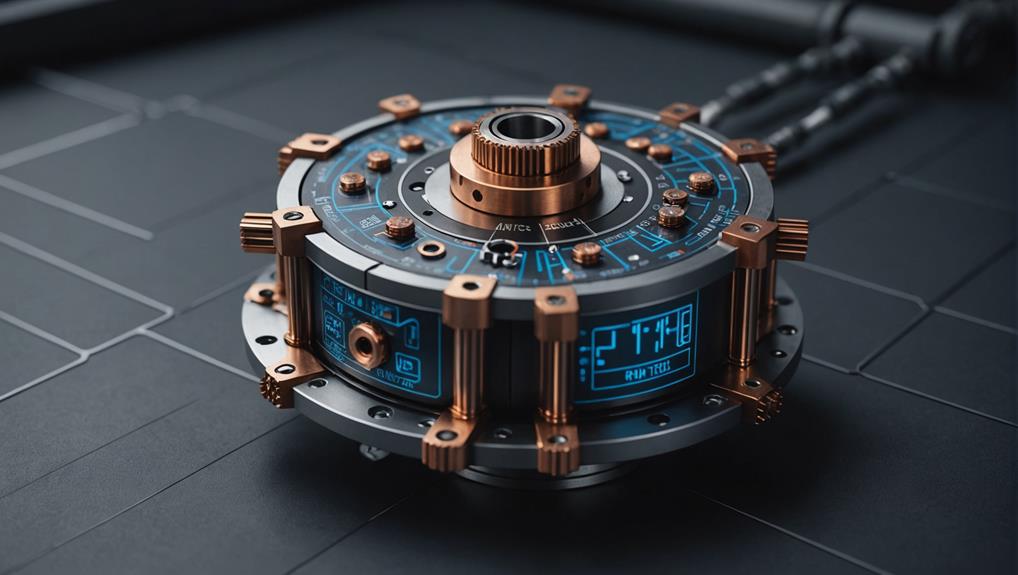
Navigating the complexities of torque measurement requires a deep understanding of the underlying principles and mechanisms to ensure accurate results.

Precise control and optimization of engine performance await, but only for those who unlock the secrets of dynamometer-driven data analysis.
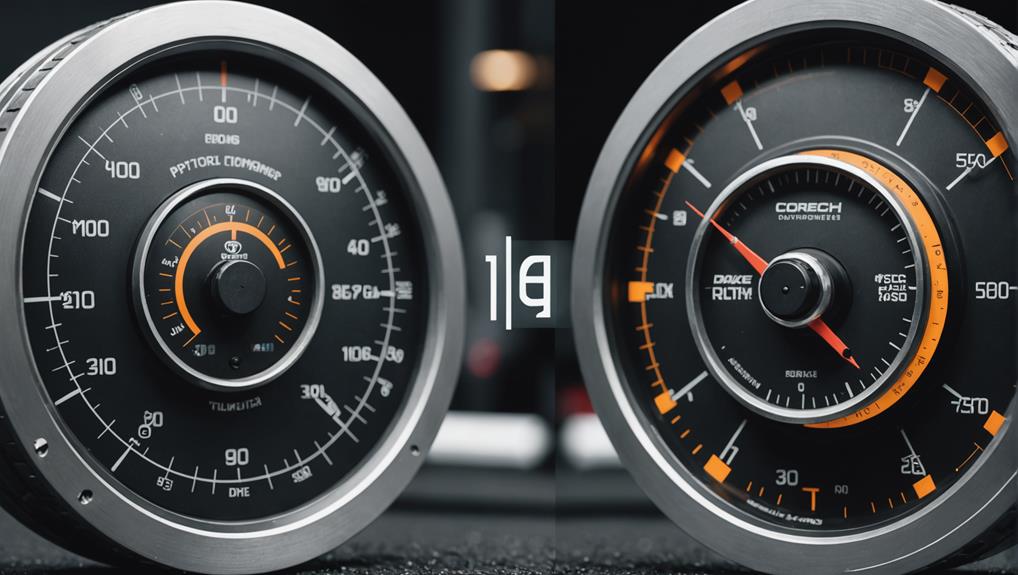
Gaining insight into the differences between inertia and brake dynamometers is crucial for ensuring accurate testing results in various industries.
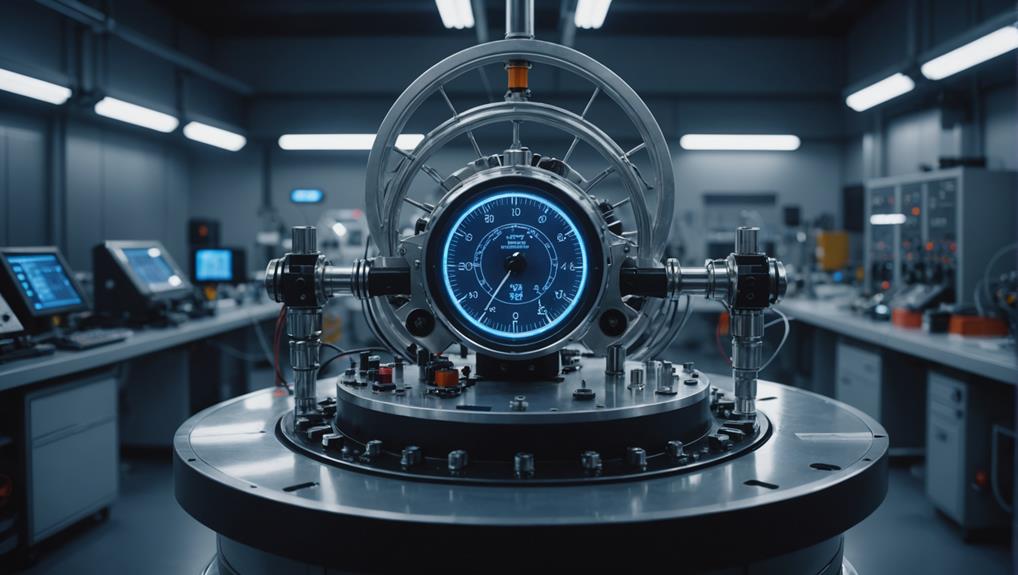
Tapping into the precise measurement capabilities of dynamometers, uncover the secrets to optimizing fuel efficiency and slashing emissions in the automotive industry.

Witness the importance of rigorous safety protocols and best practices in dynamometer testing to avoid catastrophic failures and ensure accurate results.

Harnessing the nuances of precision measurement is crucial to avoiding costly errors in dynamometer testing, but what are the key factors to consider?

Witness the transformative power of dynamometers in unlocking your vehicle’s hidden performance potential, but only if you know how to harness their precision.


